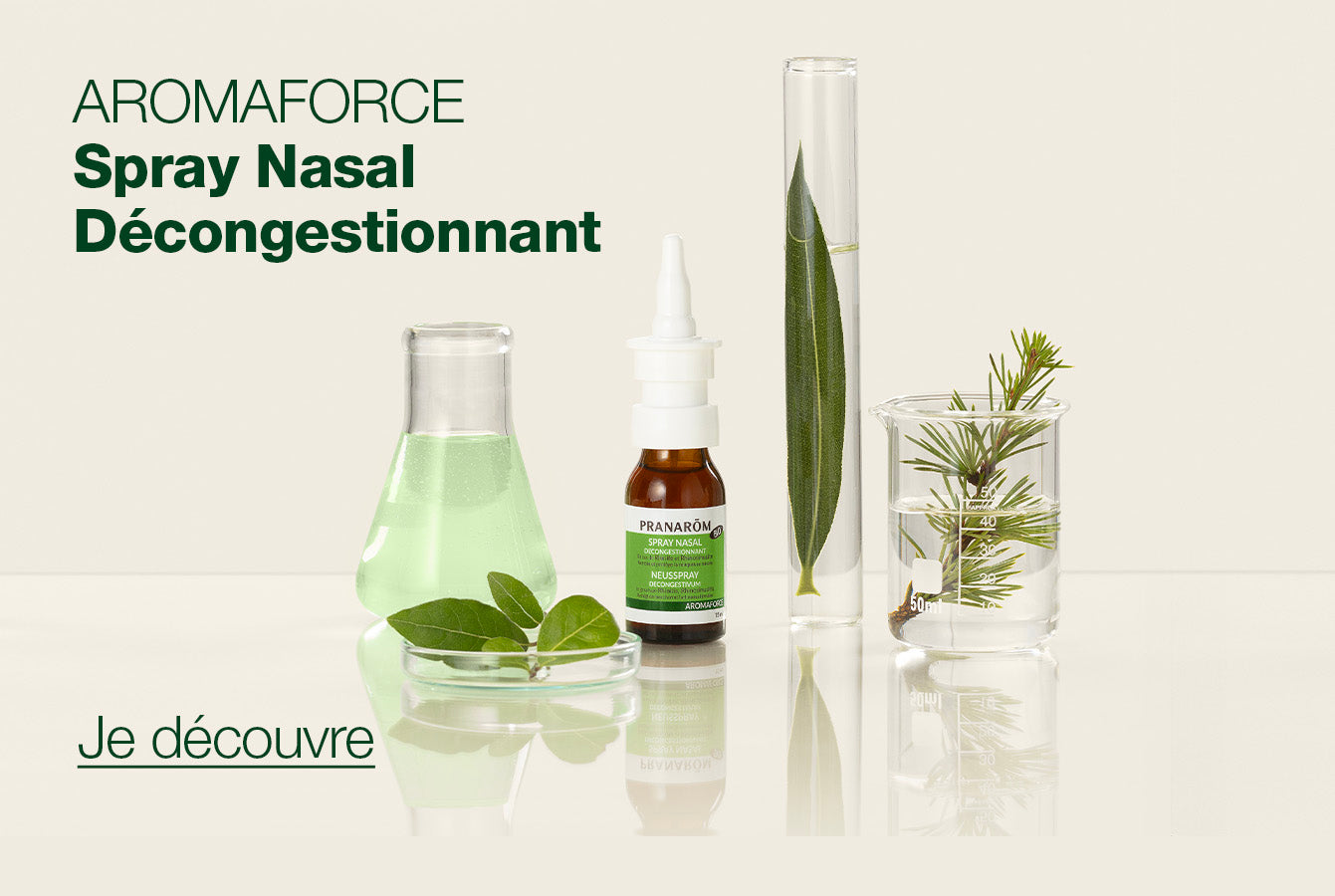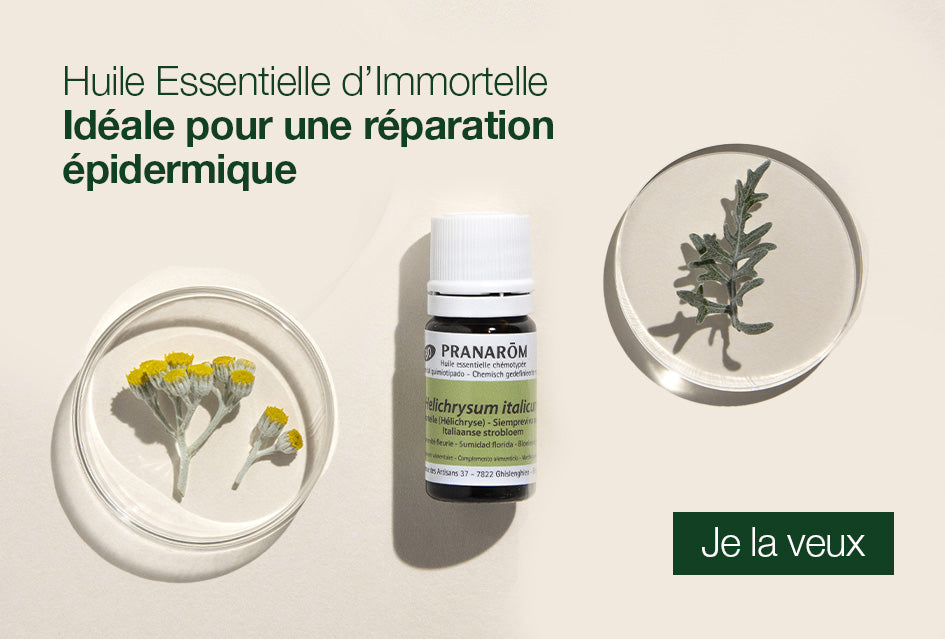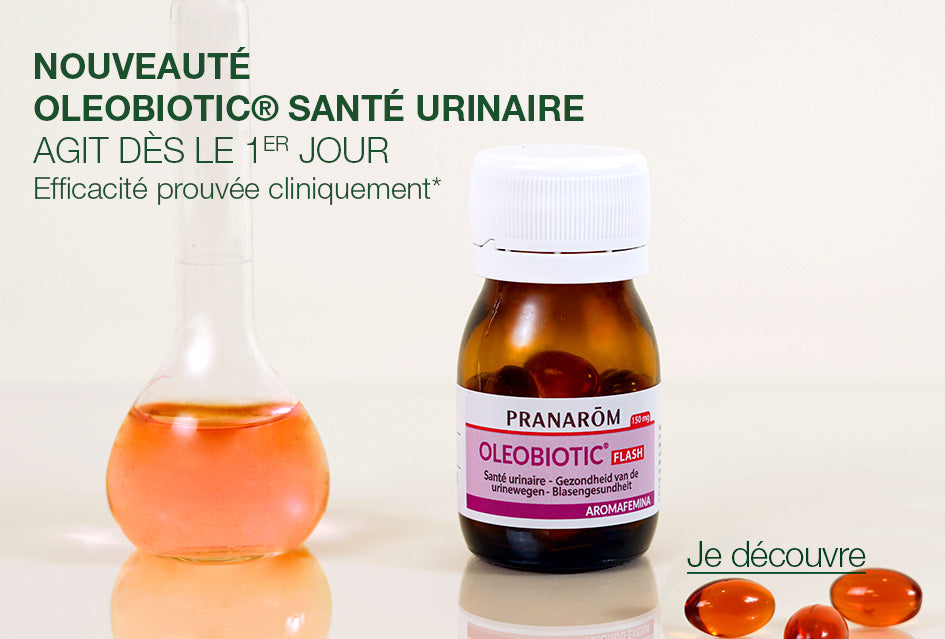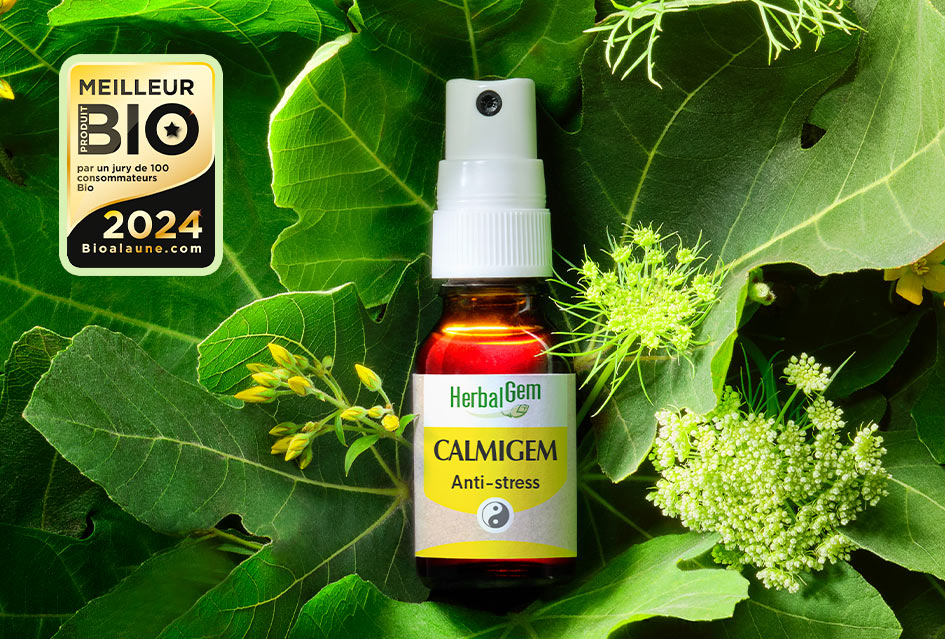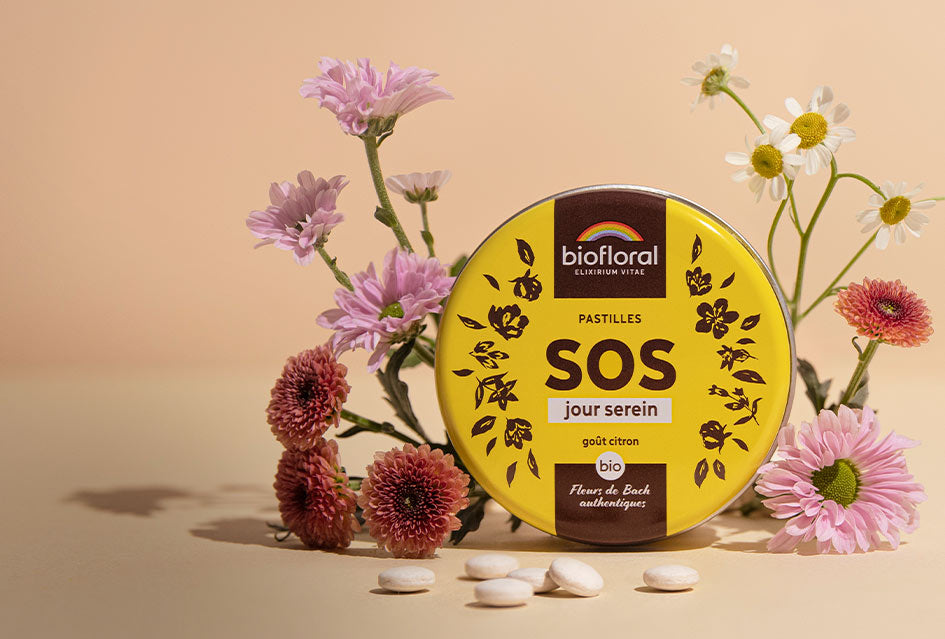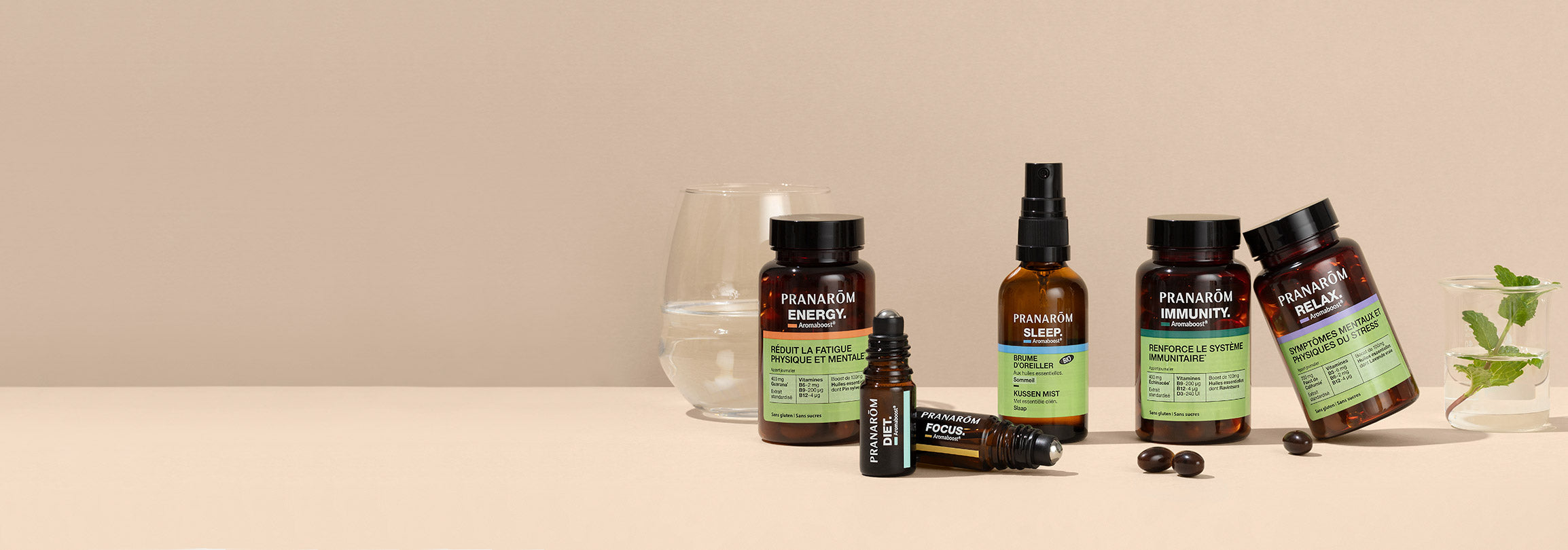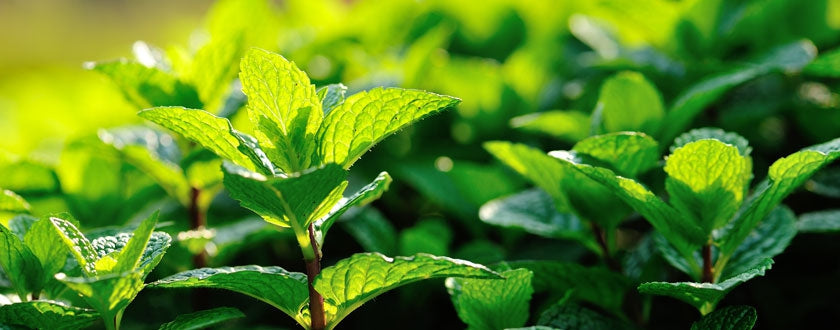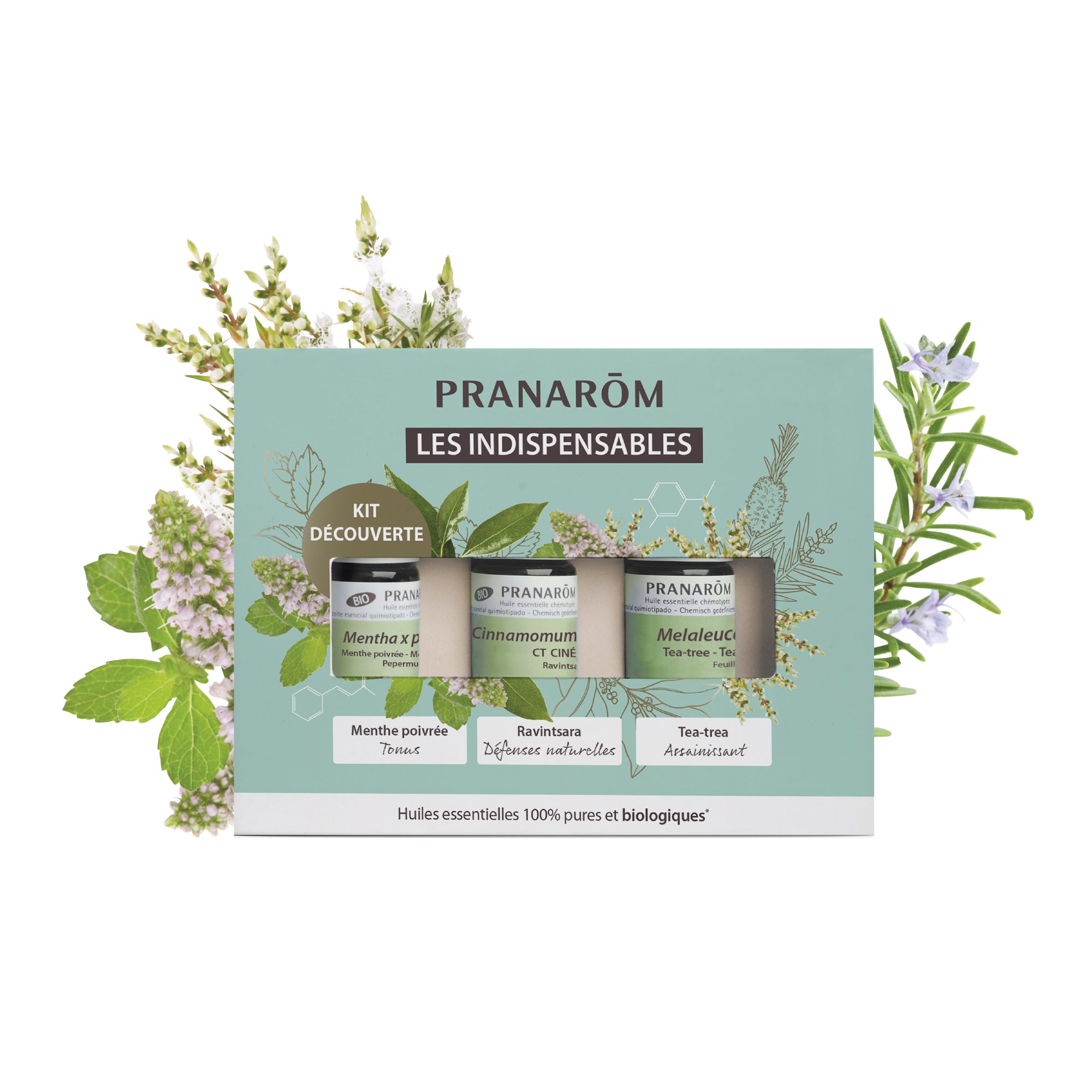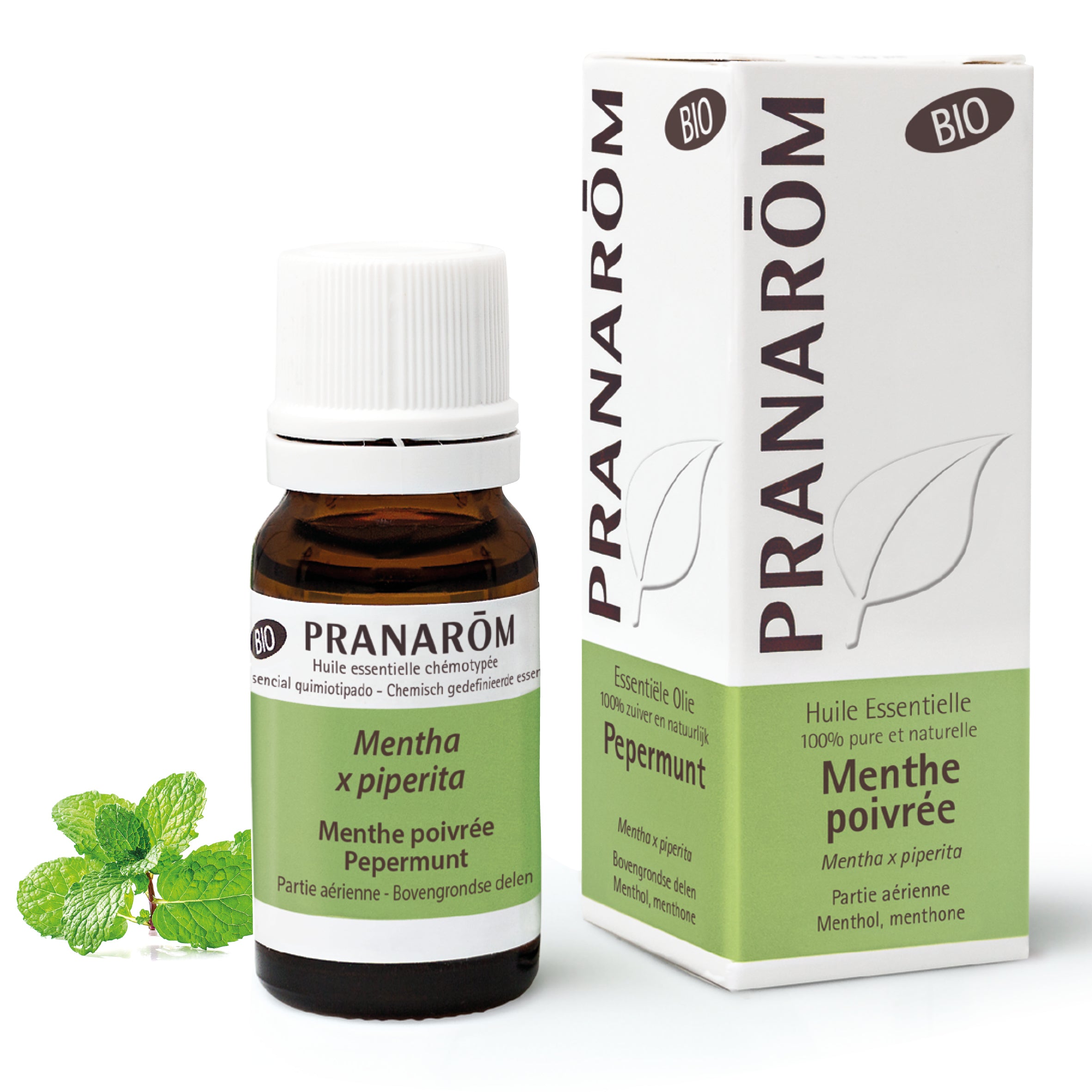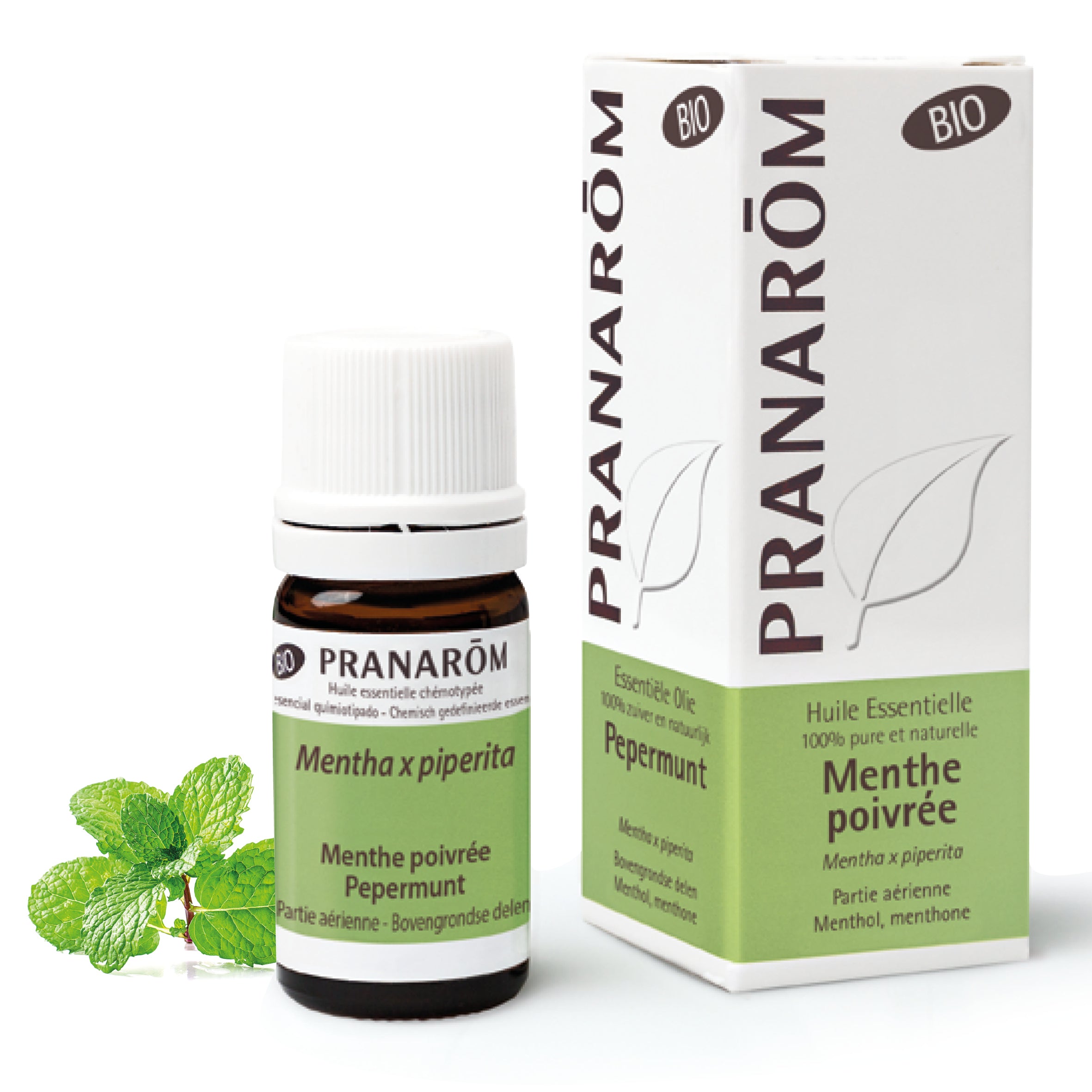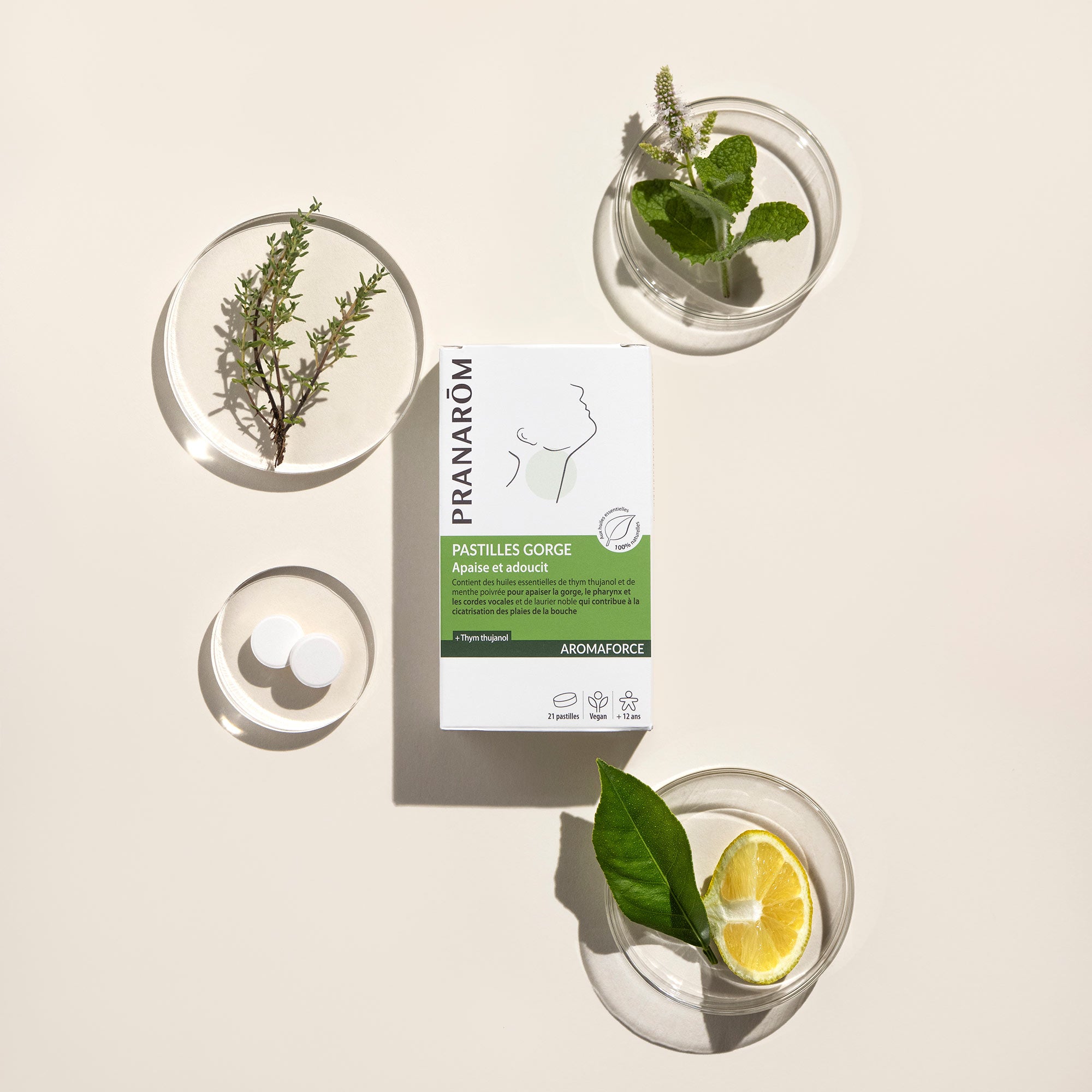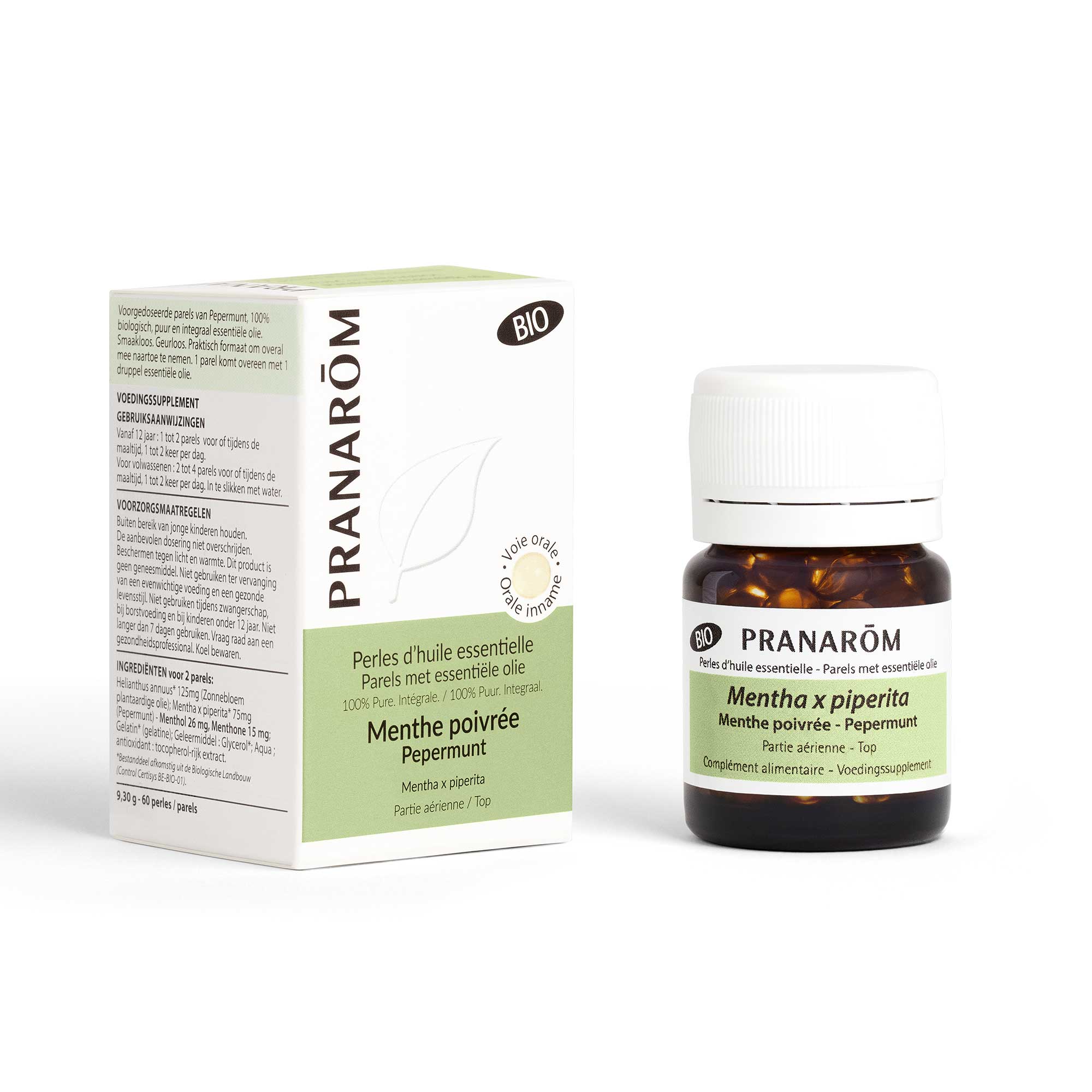Dominique Baudoux, founder of Pranarôm scientific aromatherapy, tells us about Peppermint Essential Oil . Consumers generally like its taste and smell, and it is ubiquitous in food, cosmetics, and even the pharmaceutical field. Want to know more?
This aromatic plant, which grows invasively in rather cool and humid climates, is found all over the world: in India, France, the USA, England, etc. Regions that have been able to benefit greatly from it for their health because it remains a must-have in the family emergency kit. This Lamiaceae is a hybrid born from the marriage of water mint and spearmint.
Peppermint Essential Oil
Description
Its seeds are sterile, but peppermint doesn't seem to need them to invade its environment. Indeed, it reproduces by its stolons, low stems that take root when they touch the ground. It has purplish quadrangular stems and purple-green leaves. Its leaves are oval and pointed with serrated edges. The flowers are pink and arranged in small, short spikes.
Peppermint has a preference for cool, moist, humus-rich, clay-limestone soils. What we instantly capture when crushing a leaf or smelling an essential oil is the characteristic freshness of menthol (terpene alcohol) , the concentration of which regularly reaches 50% but which can even reach 80-85% in another essential mint oil: field mint. In herbal tea, peppermint is sovereign for all digestive problems as a preventative measure on a predisposed patient's terrain. In acute situations, let us remember this old remedy from our grandparents: Ricqles mint alcohol! Peppermint essential oil in a hydroalcoholic solution, taking 4-5 drops on a sugar cube in the mouth (sublingually) would correct all the excesses of copious, too fatty and too watered meals!
We haven't invented anything because aromatic knowledge is ancestral and analytical technology coupled with pharmacology has validated this knowledge as old as the hills and today we understand its pharmacological mechanisms of action. At the biochemical level, the composition of peppermint essential oil shows a clear predominance of 2 molecules: menthol and menthone. An alcohol associated with a ketone explains the numerous therapeutic properties of this HECT still included in current pharmacopoeias... because it's worth it.
Therapeutic activity
It is the Essential Oil of the digestive tract by its stomachic, cholagogue and choleretic, anti-inflammatory and antispasmodic action. It is sovereign on all types of nausea except those of pregnancy which cannot benefit from it, on gastric hyper or hypo acidity, on digestive heaviness, on colitis and spastic colon, etc… In a word, it is very good company because everyone knows that nothing goes well if the digestive tract is not in good condition.
Another remarkable property is the "ice cube" action, this cooling, analgesic, anesthetic effect. For all acute, sharp pain caused by trauma and shock but also neuropathic pain : shingles, herpes, neuralgia, migraines, headaches, restless legs, etc. For intestinal suffering, its anti-inflammatory and antispasmodic action allows peppermint to be in the first league for treatment protocols for colitis and irritable colon.
An additional interest is noted in the use of this essential oil to stimulate the mind , maintain alertness, promote concentration, and combat drowsiness . Its presence alongside a long-distance driver, a student in a blockade, or an overworked employee is fully justified. The olfactotherapy method and/or the sublingual use of two drops of peppermint as needed will be the most relevant administration for its rapid action.
When considering all its diverse and varied properties, we can easily understand the prominent place this fresh and seductive star will receive in our aromatic arsenal. One thing is certain: it has not usurped the success that natural health players have granted it.
Therapeutic indications of Peppermint Essential Oil
Spastic colon – irritable colon
- Peppermint Essential Oil: 4 ml;
- Lemon Balm Essential Oil : 2 ml;
- Star Anise Essential Oil : 2 ml;
- Noble Chamomile Essential Oil: 1 ml;
- Apricot Kernel Vegetable Oil: 5 ml.
6 drops in a crumb of bread or cooked rice, 3 times a day, 1/4 hour before meals, 3 weeks out of 4, for 3-6 months and 10-15 drops of this synergy in abdominal application, 2-3 times a day.
Facial neuralgia
- Peppermint Essential Oil: 3 ml;
- Noble Laurel Essential Oil: 2 ml;
- Copahu Essential Oil: 2 ml;
- Noble Chamomile Essential Oil: 2 ml;
- Clove Essential Oil: 1 ml;
- Apricot Kernel Vegetable Oil: 5 ml.
3-4 drops on the sensitive nerve path to be repeated as needed.
Hyper-hypo gastric acidity
- Peppermint Essential Oil: 3 ml;
- Fennel Essential Oil: 1 ml;
- Lemon Balm Essential Oil : 1 ml;
- Noble Chamomile Essential Oil : 1 ml;
- Apricot Kernel Vegetable Oil: 4 ml.
4 to 5 drops in the mouth or on cane sugar or a little honey, yogurt, compote, 2 to 3 times a day, 1/4 hour before meals, 3 weeks out of 4, for 3 months.
High blood pressure
- Peppermint essential oil : 2 ml;
- Lemon Eucalyptus essential oil: 3 ml;
- Noble Chamomile essential oil: 1 ml;
- Apricot kernel vegetable oil: 4 ml.
4 to 6 drops in the mouth or on cane sugar or a little honey, yogurt, compote, 2 to 3 times a day, 15 minutes before meals, 3 weeks out of 4, for 3 to 6 months.
Peppermint, long considered hypertensive, has more scientific data showing it is antihypertensive! Let's look at the activity of essential oils from another angle. They are often adaptogenic, in other words, an essential oil can act by calming or stimulating a disturbed organ or structure. They harmonize, they rebalance, they regulate, they bring back to normal. This is how Peppermint essential oil works.
Nausea of all types
(Excluding nausea during pregnancy)
- Peppermint Essential Oil: 2 ml;
- Ginger Essential Oil: 1 ml;
- Lemon Essence: 2 ml.
2 drops pure in the mouth or on cane sugar, a little honey, yogurt, or even vegetable oil. To be taken for each nausea with a maximum of 10 doses per day.
Article written by Dominique Baudoux , founder of Pranarôm scientific aromatherapy.


